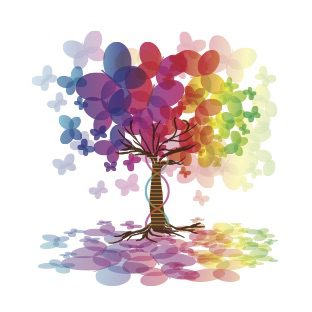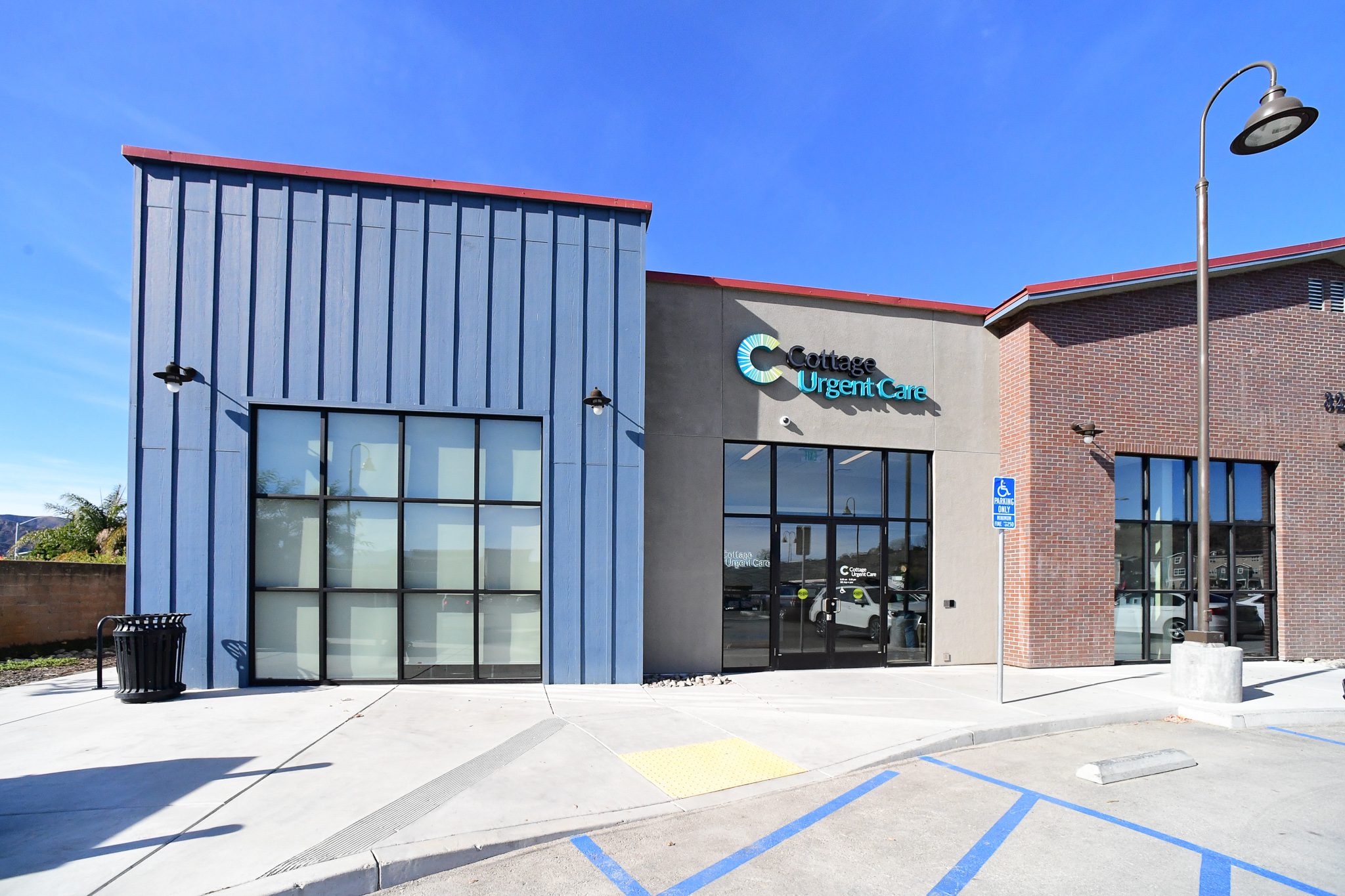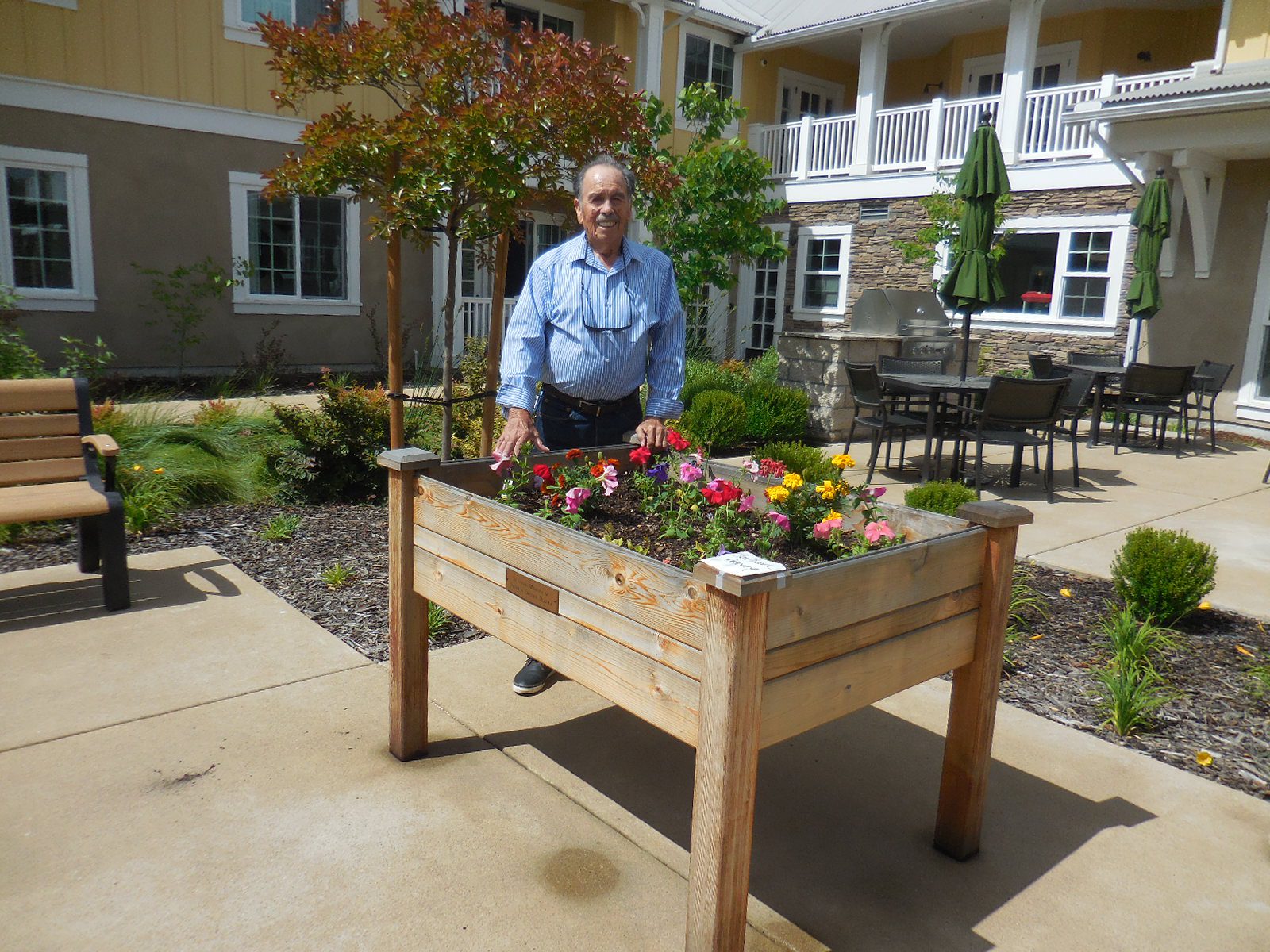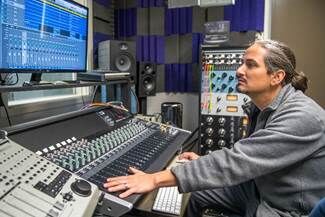By Sheila Benedict
Contributing Writer
To people who wondered where the column has been the past few months, a short break was needed to start work on an important writing project. Currently, it is in the form of a database and looking good, so time now is being spent verifying the information located and converting all of it to a textual book.
The data collected is for men who identified themselves as born in Ireland, served in the American Civil War (1861-65) and are buried in California. If anyone reading this column has someone who fits that profile, please let me know.
Now, let us get started — again!
First and most important is that everyone is making it through the pandemic and life is beginning to go back to “normal,” whatever that might be. On Sept. 22, autumn officially started and that means it will be soon be the holidays and family visits will start. When you are together, it would be nice to discuss with them some of the facts about your ancestry. It can be a surprise to learn some new facts and if so, it may move you to want to learn more. How long has your family been in America, in California, in the Santa Ynez Valley?
Were your ancestors immigrants who came recently from neighboring countries or far away from parts of Europe, Australia, Asia and other continents perhaps a hundred years or more ago, or are you from indigenous people, much like the Chumash and others who have been here virtually thousands of years?
There is never a guarantee all research questions are located as empty spots on an ancestry chart is common and they might never be answered. Here is a repeat of some of the online sites that can assist your search and just might be helpful for you. Some are free to use, others need a subscription.
The ones that come to mind right now are Ancestry.com (https://www.ancestry.com), Findmypast.com (https://findmypast.com) and Newspapers.com (https://www.newspapers.com).The major free site is FamilySearch.org (https://www.familysearch.org).
As always, important records to locate are civil records — births, marriages, and deaths — as well as court records, religious records, and specialized records such as naturalizations, passenger lists, and census schedules, including the 1890 Veterans Census.
Other places that may hold important data are libraries and archives. There are three major parts to the genealogical search: Sources: documents, books, website, people, and DNA, and within those sources is information that, hopefully, will lead you to
the verifiable evidence needed to prove your ancestry. Be aware that sometimes negative evidence is valuable to eliminate non-relevant data.
Always search for the laws that applied for the time period and place for the year(s) being researched. There are other original sources genealogists need and will be discussed in future columns.
Many people have or want to travel to places from which they came and that option is slowly returning. In the meantime, working online is a good start. Next month, some holiday gift suggestions for the avid genealogist. Be safe and well!
Sheila Benedict is a professional forensic and family genealogist. She is the author of Research in California, which she wrote in 2015 for the National Genealogical Societies Research in the States Series and writes articles in a variety of genealogical society newsletters and magazines. All words are her own and may not be reproduced without permission. Email benedictresearchservices@gmail.com.








